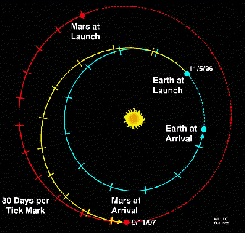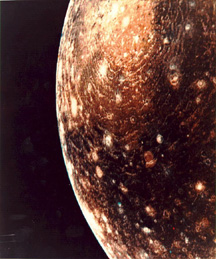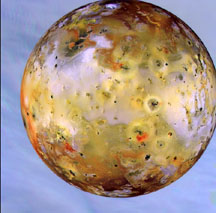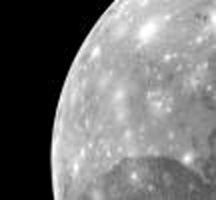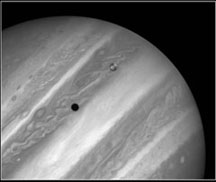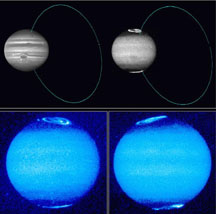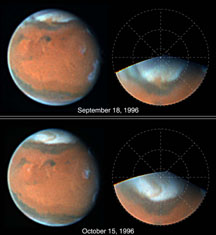Mars Global Surveyor Update
News story originally written on January 25, 1997
According to the most recent flight status report printed on January 24, 1997, the Mars Global Surveyor is in excellent condition and well on its way to the dusty red planet. The Mars Global Surveyor (MGS) was launched from Earth on November 7, 1996 by NASA. Its mission is to continue the exploration of Mars that began with the Mariner mission in 1971 and the Viking mission in the mid-1970s. With several remote sensing instruments, MGS will gather information about the Martian topography, magnetism, mineral composition, and atmosphere. In addition, the entire planet will be photographed.
MGS is expected to reach Mars on September 12, 1997. It is currently 17.52 million kilometers (10 950 000 miles) from Earth and 125.97 million kilometers (78 731 000 miles) from Mars. It is moving in an orbit about the Sun with a velocity of 30.35 kilometers per second.
Once MGS reaches Mars, it will allow itself to be captured by Mars' gravity and then swing into a highly elliptical orbit with the planet. It will make several passes around the Martian globe, taking photographs and gathering information. Eventually MGS will enter into a circular orbit and continue to obtain information.
Several onboard instruments are being used to gather that information. Radiation detectors will be use to determine mineral concentration and type, as well as information about the Martian atmosphere's water content and pressure changes. Short laser pulses will be fired toward the Martian surface to map out topography. Another sensor will be used to look for the magnetic field of Mars.
The MGS flight team makes continuous checks of all systems. Currently MGS is in mint condition with the one exception of a broken damper arm that is wedged in its hinge joint, thus not allowing a solar panel to move. The flight team is planning to use a "wiggle test" along with a firing up of the main rocket engine to dislodge the jam. A wiggle test is one in which the controllers have the solar panel vibrate in an effort to move it.
Overall, the Mars Global Surveyor is well on its way to the Red Planet and is expected to be provide large amounts of important data to the scientists of NASA.


